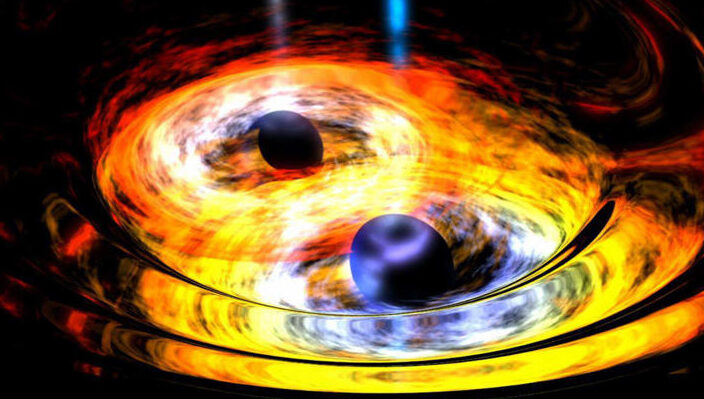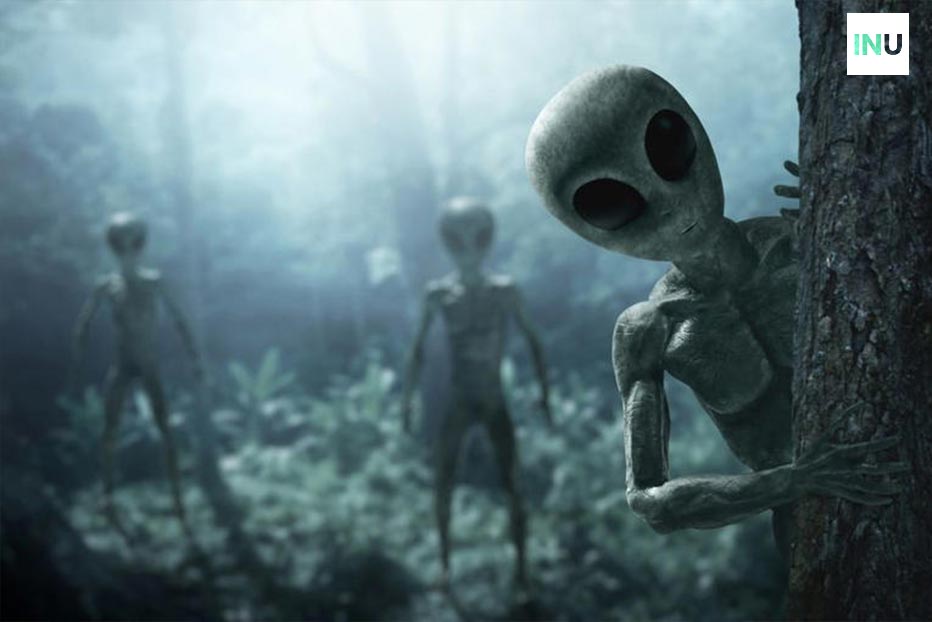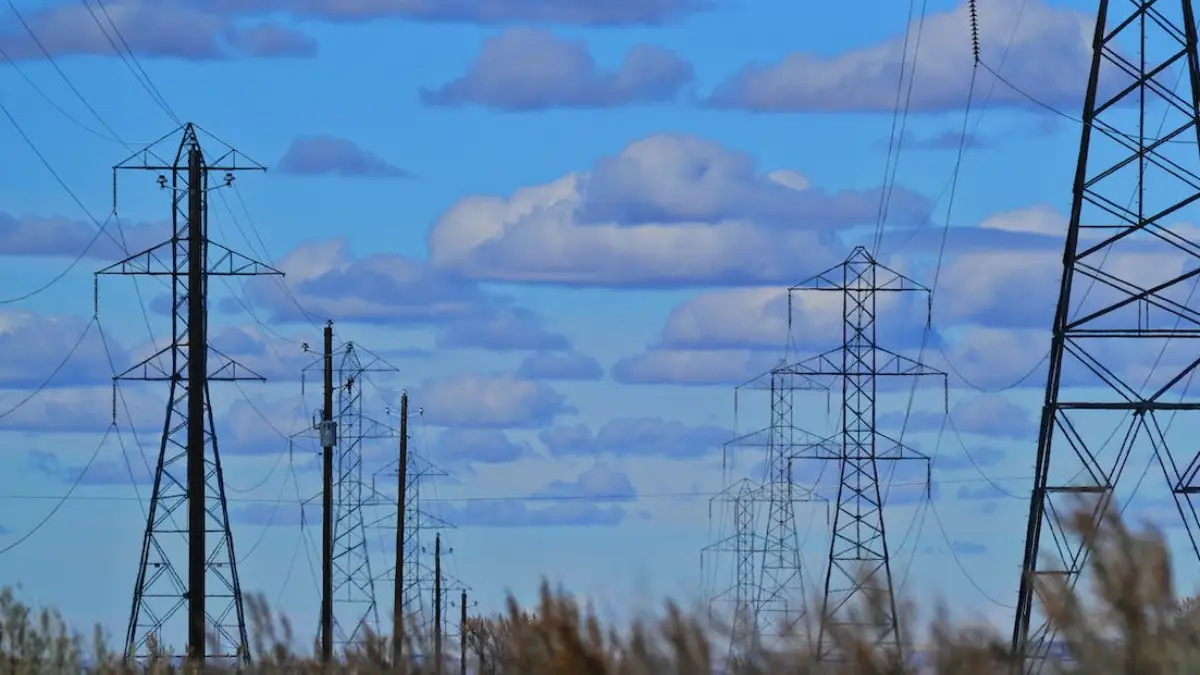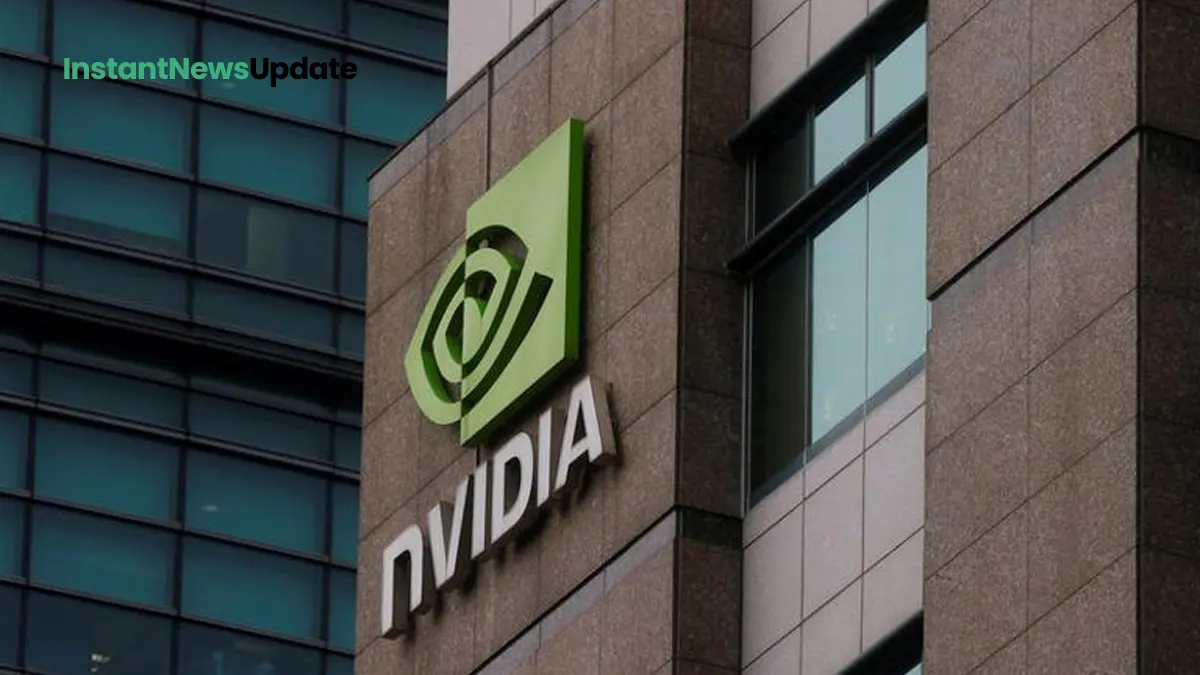A Breakthrough Discovery Sheds Light on Black Hole Collisions
In a groundbreaking revelation, scientists have pinpointed a newfound speed boundary governing the most extreme cosmic clashes. According to an extensive study detailed in the esteemed journal Physical Review Letters, the universe’s “maximum possible recoil velocity” for colliding black holes has been astoundingly calculated at 63 million mph (102 million km/h). This cosmic cap, equivalent to roughly one-tenth the speed of light, arises during a critical juncture when two black holes teeter on the brink of merging or scattering apart while approaching each other. The scholars behind this discovery suggest that it could prompt a reevaluation of the fundamental laws of physics.
Probing the Core of Physics: Implications and Insights
Prominent theoretical physicist Albert Einstein’s enduring equations for relativity may hold the key to validating this newfound cosmic speed constraint. If the researchers can substantiate their findings using Einstein’s equations, it might revolutionize our understanding of the fundamental principles that govern the cosmos.
Carlos Lousto, a distinguished professor of mathematics and statistics at the Rochester Institute of Technology (RIT), stated, “We are just scratching the surface of something that could be a more universal description.” Lousto envisions that this novel speed threshold could potentially be part of a more comprehensive set of physical laws with far-reaching effects, influencing phenomena spanning from the tiniest particles to the grandest celestial bodies in existence.
Unraveling the Phenomenon: The Dance of Colliding Black Holes
When two massive black holes draw near to one another, they either merge or perform an intricate gravitational dance around a shared center of mass before veering off in separate trajectories. The outcome of this celestial choreography hinges on their proximity at the moment of closest approach.
To decipher the highest conceivable recoil speed at which black holes disengage, Carlos Lousto and James Healy, a research associate in the RIT School of Mathematics and Statistics, harnessed the computational prowess of supercomputers. Their exhaustive simulations, which delved into the equations of general relativity governing the evolution of interacting black holes, provided vital insights into these cosmic engagements.
Bridging the Gap: From Simulation to Observation
The numerical simulations that paved the way for this discovery were the culmination of decades of effort. Numerical techniques capable of predicting gravitational wave emissions from black hole collisions were only established in 2005. Astonishingly, it was just a decade later that the Laser Interferometer Gravitational-Wave Observatory (LIGO) detected these elusive ripples in spacetime.
Since then, LIGO has meticulously observed nearly a hundred black hole collisions, which have been pivotal in refining our comprehension of these enigmatic events. Comparing these observations with numerical relativity data spotlighted peculiar elliptical trajectories, upending earlier assumptions of circular orbits during black hole interactions. This shift in perspective galvanized researchers to explore extreme collision scenarios, nudging the boundaries of our cosmic understanding.
Pioneering the Frontier: Pushing the Limits of Cosmic Events
Carlos Lousto and James Healy embarked on a mission to explore the intricate dynamics of black hole collisions by manipulating four critical parameters. Their extensive suite of simulations, numbering 1,381 and demanding several weeks each, unearthed a conspicuous peak in the potential recoil velocities exhibited by black holes with opposing spins that graze each other. This astonishing finding highlighted the role of opposing spins in distorting the gravitational radiation emitted by black holes, generating a force that amplifies the recoil velocity.
Imre Bartos, an esteemed Associate Professor in the Physics Department at the University of Florida, affirmed, “The recoil of black holes after they merge is a critical piece of their interaction.” He emphasized that this interaction assumes particular significance in regions densely populated with black holes, where substantial recoil kicks might propel a remnant black hole beyond the confines of the region altogether.
Charting New Courses: The Horizon of Exploration
As the scientific community grapples with this newfound cosmic constraint, the question remains: Could nature defy this apparent speed boundary in circumstances that challenge our current understanding of black hole mechanics? Imre Bartos poses this tantalizing query, inviting speculation about potential deviations from the conventional wisdom.
In a universe brimming with mysteries, this discovery unlocks a fresh avenue of exploration, extending our reach into the uncharted realm of extreme celestial collisions.









